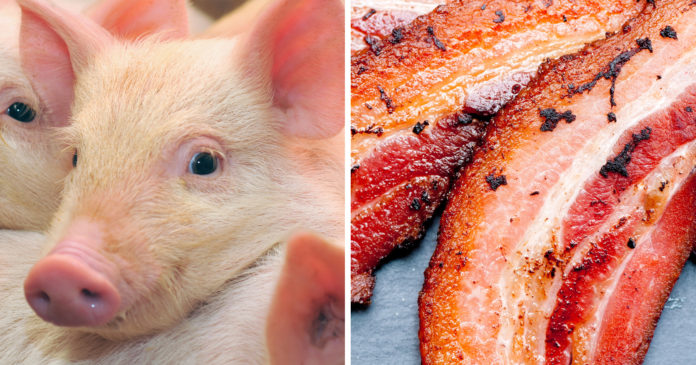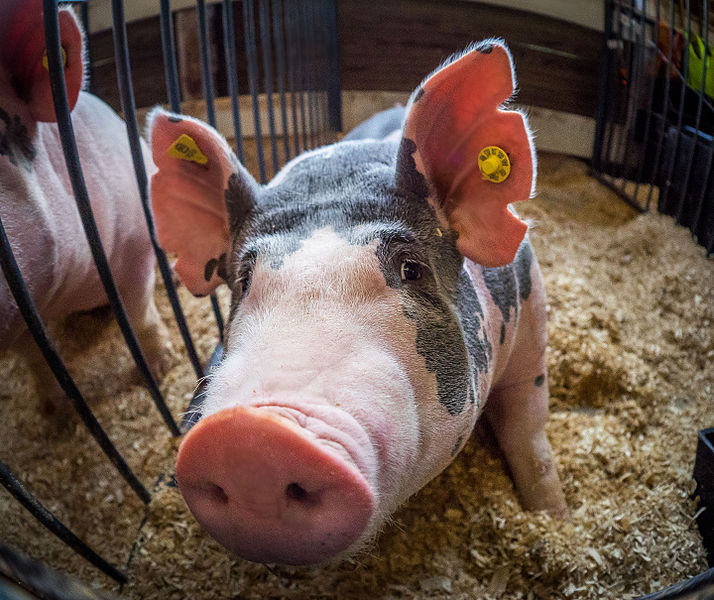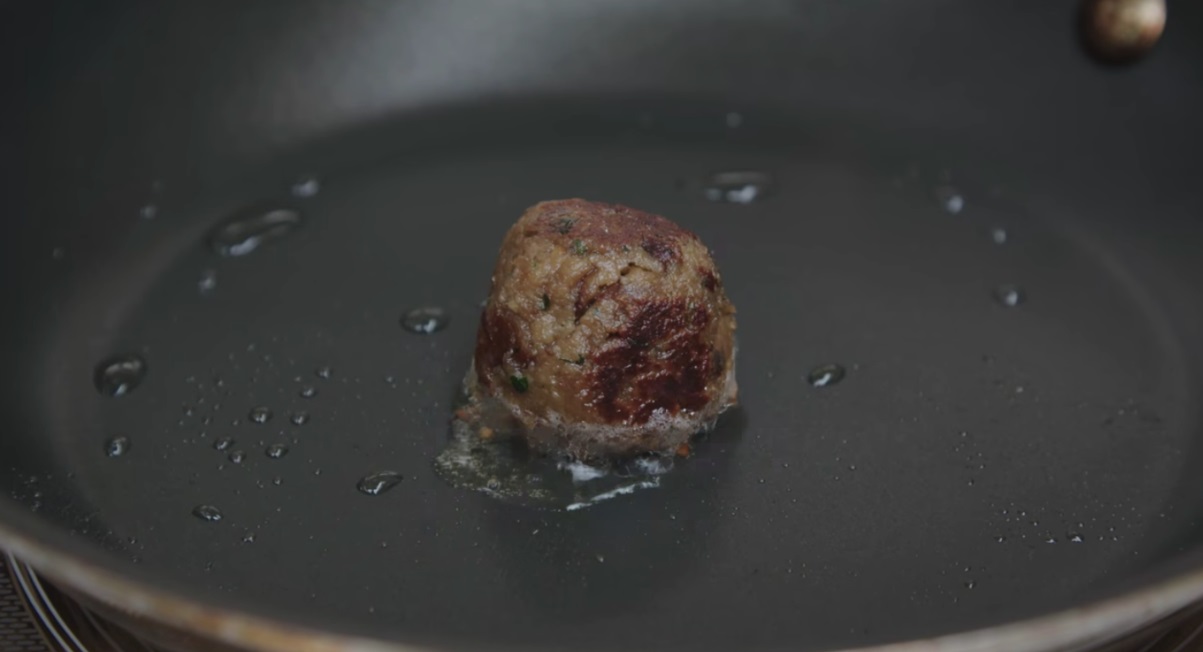
Scientists at the University of Minnesota have developed a technique that allows them to produce kill-free, contamination-free meat products from harvested cells in less than 21 days.
The slaughter of animals for food has remained a controversial subject in society today. Many believe the practice of farming animals for the sole purpose of slaughter is unnecessary, cruel and a waste of resources. However, in recent years, the impact animal agriculture has on the environment and our limited resources has fallen into the spotlight of debate.
According to a report published by the Worldwatch Institute, 51 percent or more of global greenhouse-gas emissions are caused by animal agriculture. And this is just the beginning. Animal agriculture also puts an immense strain on our limited sources of land, food energy and water.
As a result, Dr. Uma Valeti and his team of researchers have developed an alternative to large-scale industrial animal slaughter. “I grew up in a meat eating family. From the very young age, I always thought, why do we eat the meat the way we do,” said Valeti.
To achieve this, Dr.Valeti and his team used animal cells that were able to renew themselves, supplied them with oxygen and nutrients (sugar), and cultivated them into an edible product in a period of 9 to 21 days.
“The meat that we are growing is identical at the molecular and cellular level,” Valeti told PTI. “We are growing meat which is safer, healthier, more sustainable.”
Valeti, who is also the CEO of Memphis Meats, a San Francisco-based company leading the product’s commercialization campaign, says the kill-free meat has reduced saturated fat and is free of bacterial contamination. He further added that the greenhouse gas emissions from their process is ninety percent less than what traditional animal agriculture causes.

Globally, approximately 56 billion animals are raised and slaughtered for human consumption – a figure which is expected to double by 2050, according to the United Nations’ Food and Agriculture Organization.
“Cultured meat will completely replace the status quo and make raising animals to eat them simply unthinkable,” states Valeti.
According to reports, Valeti plans to create a line of kill-free beef, pork and chicken products—the three meats that have the highest consumption and highest environmental and health impact—for restaurants in the next three years, and have the meat commercially available by 2021. At this moment in time, the kill-free meat is being manufactured in the U.S., however, the company aims to also expand out into China and India.
“Our goal is to be in restaurants in three years and retail in five years. In 2021, we want to be in retail or even earlier,” said Valeti. “We are motivated by the thought that people can buy it off the shelf.”
As you can see in the video below, they have already had test runs for their laboratory made beef.
You want to support Anonymous Independent & Investigative News? Please, follow us on Twitter: Follow @AnonymousNewsHQ
This Article (The Future Of The Meat Industry? Scientists Create Kill-free Meat From Animal Cells) is free and open source. You have permission to republish this article under a Creative Commons license with attribution to the author and AnonHQ.com.






As one of the many non-vegetarians suffering from ever increasing unease over animal welfare , this alternative to the traditional roast and veg. somehow fails to reassure me. Nevertheless without the need for on-the-hoof foodstuffs, there would of course be very little need for animals at all, so we humans could harvest the resources animals normally require to survive and and feel free to exhale all that nasty CO2 they no longer produce in great sighs of relief. No animals required! except of course those few still needed to develop new strains of cultures for the more adventurous gourmets. Maybe, given a little more time we will shortly arrive at a point where our complete nutritional requirements, including all the origins and flavours we prefer, can be drip fed directly into our bloodstreams without all the filth and fuss of traditional ‘eating’? What a wonderful world.
Well considering there’s nothing in meat we can’t get from plants, and there’s nothing dirty about plant food, we are already there, just stop eating animal products.
I honestly can’t wait for this. It will be a total game changer. It’ll be for people who can’t get their head around the fact that we don’t even need meat in the first place, so continue to contribute to the issues mentioned above. Love the publicity you’re giving the issue of animal agriculture. At some point people will stop mocking the articles and realise that its not BS and they should take it seriously.
“kill-free”? So nature is controversial? Get a grip people. How about we lock all the tigers, sharks, lions, chimps, foxes, eagles, and owls in cages to stop them killing. Let’s see how long that works out.
In nature, I guess the evolved relationship between the predator and prey is, at its best, symbiotic, and insofar as this can help preserve the health and diversity of all species it is the most effective preparation for environmental changes (man-made or otherwise)that life itself can devise.
Regrettably there is no way today that mankind in general can claim to be anything other than a blundering and toxic element. In this regard we have welshed on an unwritten deal, and can look forward to joining the endless list of the miserable victims of our own lack of morality. Eating meat is not the problem, but doing so without acknowledging the debt we consequently incur towards the long term welfare of the prey is an abuse of natural law. With our own obvious deficiencies, not eating meat is likely to result in the rapid decline of other creatures then seen as ‘useless’ resource competitors rather than as priceless components in a single,integrated and miraculous organism.
Hi there! This is kind of off topic but I need some help from an established blog. Is it very difficult to set up your own blog? I’m not very techincal but I can figure things out pretty fast. I’m thinking about setting up my own but I’m not sure where to begin. Do you have any ideas or suggestions? Appreciate it